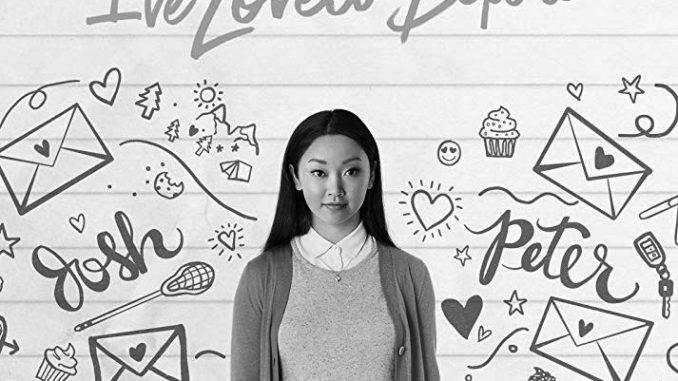
By Alberto Gomez, Entertainment Editor
 Welcome to Analysis Paralysis, where one movie is taken and dissected to discover what it means and what audiences can learn from it. Let it be known, this is not a film review. Analysis Paralysis functions as a way to understand a complex and detailed art medium.
Welcome to Analysis Paralysis, where one movie is taken and dissected to discover what it means and what audiences can learn from it. Let it be known, this is not a film review. Analysis Paralysis functions as a way to understand a complex and detailed art medium.
Presented today, the latest addition to sappy teen dramas, Susan Johnson’s To All The Boys I’ve Loved Before. The film follows the shy, scared teen Lara Jean Covey who has no clue on how to control her emotion.Be warned, spoilers ahead.
Boys successfully details how difficult teenage infatuation can be. The story follows Lara Jean as she struggles to shroud any romantic feelings she could possibly hold toward any and every boy. Audiences are first introduced to how she copes in the first seconds. Opening in an elegant field, audiences watch as Lara Jean gallantly walks into the arms of her secret crush Josh before her younger sister sassily interrupts what is then revealed as nothing more than a fantasy.
Rather than confronting Josh, Lara Jean finds it easier to write out her infatuation in love letters. She writes four other letters, each to a boy that she cannot let go. Never does she plan on mailing them, instead, covering each letter in a teal ribboned box in her closet. Because movies need some kind of conflict to move the story along, Lara Jean’s 11-year-old sister snatches all the letters and decides to mail them to all the boys she loved before.
Thrust into the fire, Lara Jean is forced to confront her longtime crush and neighbor Josh Sanderson. Instead of doing the normal human thing and explain that the letters are actually a horrible misunderstanding, Lara Jean decides it better to hide and cover her emotions by pretending to date Peter Kavinsky, whom she also happened to write a love letter to.
Still infatuated with Josh but too ashamed to admit it, she begins to pretend to date Peter, another boy she wrote a letter to but claims to not care for anymore. The rest of the movie details how Lara Jean handles herself and the world around her as she grows closer to Peter, eventually enraptured by him instead.
After beginning to “date” Peter, Lara Jean breaks out of her shell, and she breaks previous patterns of passivity. She begins taking risks by going to parties, making fresh friends, and falling in love with her fake boyfriend, Peter. From there, audiences learn what Boys tries to teach us.
Lara Jean has grown up sheltering and safeguarding herself from risk, never once stepping outside of her safe sanctity and rarely ever trying to find something new. And nothing good ever greeted her. Once she takes a chance with a petty ploy to make Josh jealous of her and Peter, she finds happiness in him and opens up. Nothing good ever came to her when she waited. Nothing good comes to those who wait.
And, when the film seems to be losing steam and be reaching a dead end, Peter and Lara Jean become estranged for a total of 15 minutes because the plot calls for it and movie characters don’t know how to talk out basic human misunderstandings. One thing leads to another, and Lara Jean realizes that she has truly fallen for Peter. Instead of writing another letter and burying her emotions, Lara Jean goes to him. She confronts Peter in the middle of an honest to goodness field. No longer does she fantasize of what love might be. Instead of locking herself away, Lara Jean takes action and accepts that she has fallen for Peter.
To All the Boys I’ve Loved Before is an insanely cliche film, but what it teaches audiences, in particular, young women, is that love (even high school love) will never come to those who wait. Passivity does no one good. It directs audiences to take a chance and find something magical and elegant.
